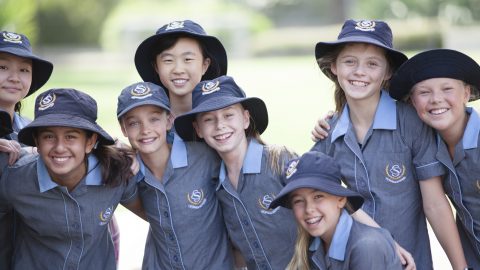From the Principal

Over the course of the past month, there have been numerous articles reported in the Australian media referring to funding for government and non-government schools.
Many articles refer to percentage increases in government grants received by some independent schools; unfortunately, the articles do not report any details regarding the dollar value per students of grants received by schools.
With some details provided by our Director of Business, Mr Mike Zammit, I would like to draw attention to some additional information which may assist our community in better understanding the issue of funding in schools.
The issue of government funding across schools, be they government, Catholic or independent, are generated from two sources – the Commonwealth government and the individual State governments.
At the Commonwealth level, which accounts for the majority of non-government schools funding, the actual level of funding is based on a complex model which takes into account the Schooling Resource Standard (SRS) and each school’s ‘capacity to contribute’ – based on the school’s Socioeconomic Status (SES) Index. In addition to that, there are six ‘loading’ factors which can be applied to derive the actual dollar value per student of grants received by schools.
State government funding is driven off, arguably, an equally complex model, noting that this source of funding represents a significantly lower percentage of total funding for non-government schools.
Under the existing funding agreement, total government recurrent funding (from all government sources) per student for the 2013 – 2014 year were as follows:
- Average for Government schools – $16,180
- Average for low Socioeconomic Status (SES) independent schools – $12,010
- Average across independent schools – $7,940
- Average for high Socioeconomic Status (SES) independent schools – $4,350
It may be valuable for our community to understand that a government school receives around four times as much funding per student as is likely the case for schools like St Catherine’s. Listing percentage increases, or comparisons not drawn to a ‘per student’ figure, can certainly be misleading and not reflective of the actual funding amounts.
In summary, given the noted complexity of funding models, it is important for journalists to provide a balanced perspective, and to ensure their articles include adequate hard data to allow readers to fully appreciate the broader landscape when looking at funding of schools. That said, we are fully supportive of increased funding for students at government schools, albeit not at the expense of students who attend independent schools.



